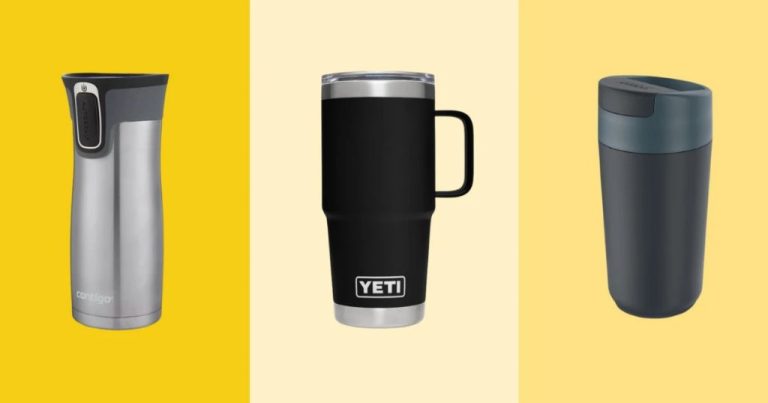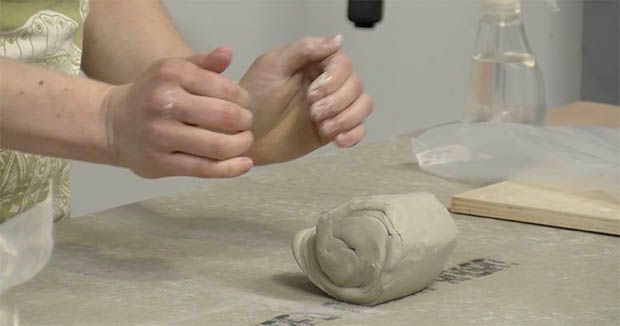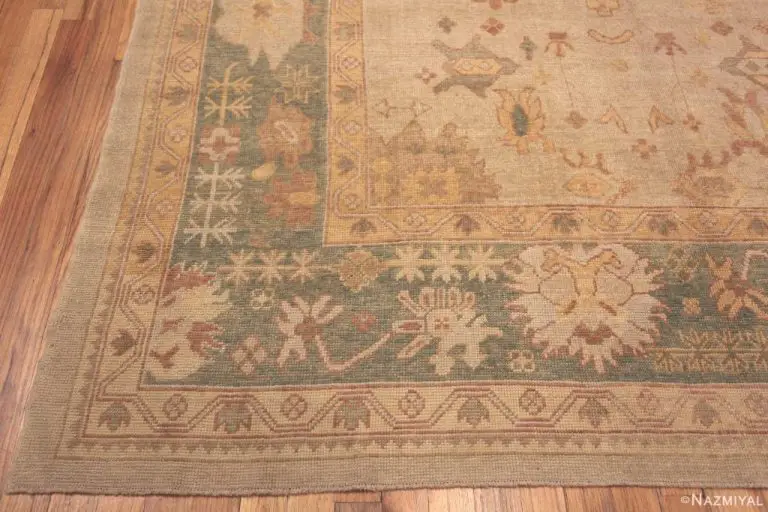What Is The Best Disc For Grinding Down Metal?
Metal grinding discs are an essential tool for cutting, grinding, blending, and finishing metal. They come in various shapes and sizes and are composed of different abrasive materials depending on the application. This article provides a comprehensive overview of the most common types of metal grinding discs, including cutting discs, grinding wheels, flap discs, and surface conditioning discs. We examine the materials used to make these discs and provide recommendations for choosing the ideal disc for your particular metal grinding needs. Proper use and safety precautions when operating metal grinding discs are also covered.
The purpose of this article is to help metalworkers, welders, fabricators, and do-it-yourselfers understand the differences between metal grinding discs and select the optimal product for their projects. With so many options available, it can be confusing to know where to start. Our goal is to eliminate that uncertainty so you can quickly find the right metal grinding disc and achieve the best results.
Types of Grinding Discs
There are several types of discs used for grinding metal, each with different purposes and advantages:
Cutting Discs
Cutting discs, also known as cut-off wheels, are thin, abrasive discs used for cutting or removing metal. They can cut through steel, stainless steel, aluminum and other metals quickly and efficiently. Cutting discs contain an abrasive material such as aluminum oxide or silicon carbide and come in various thicknesses for cutting different metal thicknesses. They should be used for straight cuts rather than complex shapes.
Grinding Discs
Grinding discs have a layered composition and are used for smoothing rough surfaces and removing excess material. The abrasive in grinding discs is fused to the fiberglass or plastic backing. Grinding discs come in varying grit sizes suitable for different metals and applications. Coarser grits quickly remove material while finer grits produce a smoother finish.
Flap Discs
Flap discs, also called flap wheels or sanding discs, consist of abrasive cloth or fiber flaps affixed to a backer. The flexible flaps contour to the workpiece and remove material with a rubbing or sanding motion rather than cutting. This makes them ideal for smoothing irregular and curved metal surfaces. Flap discs are available in varying grits and levels of coarseness.
Surface Conditioning Discs
Surface conditioning discs are designed to clean and polish metal surfaces. They condition and blend the surface rather than aggressively grinding or removing large amounts of material. Surface conditioning discs produce uniform, consistent finishes. They often utilize non-woven nylon fibers and finer grit abrasives.
Cutting Discs
Cutting discs are made of abrasive material bonded together and are commonly used for cutting metal. Cutting discs provide fast and efficient cutting, allowing for straight cuts and precise angles (Source). The thin profile of cutting discs allows for cutting in tight spaces.
Some advantages of cutting discs include:
- Fast and efficient cutting of metal
- Allow for straight cuts and precise angles
- Thin profile allows cutting in tight spaces
Some disadvantages of cutting discs are:
- Prone to breaking if too much pressure is applied
- Require more frequent disc changes as they wear down quickly
- Produce sparks and debris that require safety precautions
Overall, cutting discs are a good choice when fast, precise cuts are needed in metal work. Following proper safety precautions and using the appropriate pressure can help minimize the disadvantages.
Grinding Discs
Grinding discs are made of abrasive grains such as aluminum oxide or silicon carbide fused together into a solid disc shape. They are commonly used for grinding, deburring, and smoothing metal surfaces.

Grinding discs are very effective for removing material and finishing metal surfaces. The coarse grits efficiently remove stock, while finer grits produce smooth, polished finishes (Source).
However, grinding discs do have some downsides. They can load up with material when grinding soft metals like aluminum. They also wear down relatively quickly compared to other discs. Using grinding discs on wood or plastics can cause burning. Proper pressure and speed should be used to avoid rapid wear.
Flap Discs
Flap discs are made of overlapping abrasive flaps that are connected to a backing material. They are commonly used for grinding, smoothing, and finishing all types of metal. According to the Guide to Flap Discs from Weiler Abrasives, “Flap discs are excellent choices for many applications because they allow the operator to perform grinding and finishing in one efficient time-saving, cost-saving step.”1
Some key benefits of flap discs include:2
- Fast stock removal compared to other abrasives
- Can grind, blend, and finish with a single product
- Flexibility conforms to contours for finishing
- Cooler grinding compared to grinding wheels
Potential downsides include:3
- Less rigid than grinding wheels
- May need frequent replacement as flaps wear down
- Not ideal for high pressure grinding
Overall, flap discs offer versatility for working with metal. Their flexibility and finishing capabilities make them a popular choice despite some potential drawbacks.
Surface Conditioning Discs
Surface conditioning discs are made of non-woven nylon fibers bonded to a fiberglass backing. These discs are commonly used for cleaning, polishing, and finishing metal surfaces. According to Empire Abrasives, “The discs work by seamlessly scrubbing the rust from the surface, allowing the metal underneath to regain its natural shine. For deep rust, our surface conditioning discs efficiently remove it to reveal the clean metal below.”
The pros of surface conditioning discs are that they are very effective for removing rust, paint, mill scale, and other contaminants from metal surfaces. The nylon fibers are durable yet flexible, allowing the discs to conform to curved or irregular shapes. As the fibers wear down with use, fresh abrasive is exposed keeping the discs effective longer. Surface conditioning discs can produce a clean, polished metal surface when used properly.
The downsides are that these discs do require more frequent replacing as the fibers wear out. They also may not be aggressive enough for removing thick or heavy contaminants from metal. Using excessive pressure can cause overheating or damage to the workpiece surface. Care should be taken to use the proper disc grit and pressure for the application.
Overall, surface conditioning discs provide a valuable option for gently finishing and polishing metal parts without damaging the underlying surface. When selected and used correctly, they can restore metal to a clean, uniform finish.
Disc Materials
The most common abrasives used in grinding discs include:
Aluminum Oxide
Aluminum oxide is one of the most common abrasives used in grinding wheels. It is very hard and provides high cutting capability and long life (https://www.nortonabrasives.com/en-gb/resources/expertise/which-grinding-wheel-should-i-choose). Aluminum oxide discs are suitable for grinding most alloys, high tensile materials like steel, and ferritic cast irons. The key benefits of aluminum oxide discs are their strength and cutting ability.
Silicon Carbide
Silicon carbide is a very hard abrasive used in grinding wheels and discs. It has excellent wear resistance so it has a longer lifespan when grinding hard materials like cast iron. Silicon carbide discs also remove material at a higher rate than other abrasives (https://www.redlabelabrasives.com/blogs/news/choosing-the-best-abrasive-grain-type-for-your-application). The downside is that silicon carbide discs can lack toughness and may break down more readily when grinding very hard materials.
Zirconia Alumina
Zirconia alumina is a tough, durable abrasive that contains grains of both zirconia and alumina. It removes stock quickly while generating low heat. Zirconia alumina discs are ideal for aggressive grinding of hard metals like stainless steel. They remove material very fast but may leave deeper scratches. Zirconia alumina provides a good balance between cutting speed, life span, and final finish (https://www.nortonabrasives.com/en-gb/resources/expertise/which-grinding-wheel-should-i-choose).
Choosing the Right Disc
When selecting a grinding disc, there are several key factors to consider:
Disc material – Common grinding disc materials include aluminum oxide, silicon carbide, zirconia alumina and ceramic alumina. Aluminum oxide is inexpensive and ideal for most steel and softer metal applications. Silicon carbide is harder and more durable, best suited for grinding hard materials like hardened steel and carbide. Zirconia alumina is even harder and is a good choice for stainless steel. Ceramic alumina is the hardest and works on exotic metals and composites (Source).
Grit size – Coarser grits (24-40 grit) are used for aggressive stock removal while finer grits (60-120 grit) produce a smoother finish. Select a grit size appropriate for your application and desired finish (Source).
Metal type – Harder metals like tool steel require a harder disc material while softer metals can be ground with standard aluminum oxide. Stainless steel does best with a zirconia alumina disc (Source).
Task – Grinding, cutting, deburring and finishing all require different disc types. Choose a disc designated for your specific metalworking task.
Safety – Ensure the maximum operating speed of the disc is higher than the rotational speed of your grinder. Only use discs rated for edge grinding on angle grinders (Source).
Proper Use
When using a grinding disc, it is critical to follow proper safety guidelines to prevent injury. According to the Angle Grinder Safety Guide (https://blog.acmetools.com/angle-grinder-safety-guide/), some key points are:
Always use the recommended speed for your grinding disc. Exceeding the maximum speeds can cause the disc to shatter. Refer to the disc’s documentation to find the rated speed.
Apply light pressure when grinding. Too much pressure can lead to excessive heat buildup and increase the risk of the disc breaking.
Maintain the proper angle, holding the grinder at 5-15 degrees to the workpiece. Grinding at the wrong angle can decrease effectiveness and lead to potential kickback.
Wear proper PPE like closed-toe shoes, safety goggles, heavy gloves, and a face shield. Sparks and debris can cause severe injuries if unprotected. According to rexcut (https://www.rexcut.com/blog/dos-and-donts-for-grinding-wheel-safety), you should always use guards and avoid using grinders near combustible materials.
Following manufacturer guidelines and safety best practices is critical for effective, safe use of grinding discs.
Conclusion
When choosing the best disc for grinding metal, there are a few key factors to consider.
Cutting discs are designed for fast, aggressive material removal. They cut quickly but lack finesse. Grinding discs remove material slower but provide greater control and finer finishes. Flap discs combine the speed of cut-off wheels with grinding ability. And surface conditioning discs are made for cleaning and finishing already smooth surfaces.
For most general purpose grinding of metal, a grinding disc would likely be the best option. They allow good control while still removing material reasonably quickly. Their layered construction prevents gouging or grooving the workpiece surface. Grinding discs come in varieties designed for different metals – aluminum, steel, stainless steel, etc. Choose a disc formulated for the metal you’ll be working with.
In summary, for general purpose grinding of metal, a quality grinding disc designed for your application is likely the best overall choice. Grinding discs provide a good balance of speed, control and finish quality.




